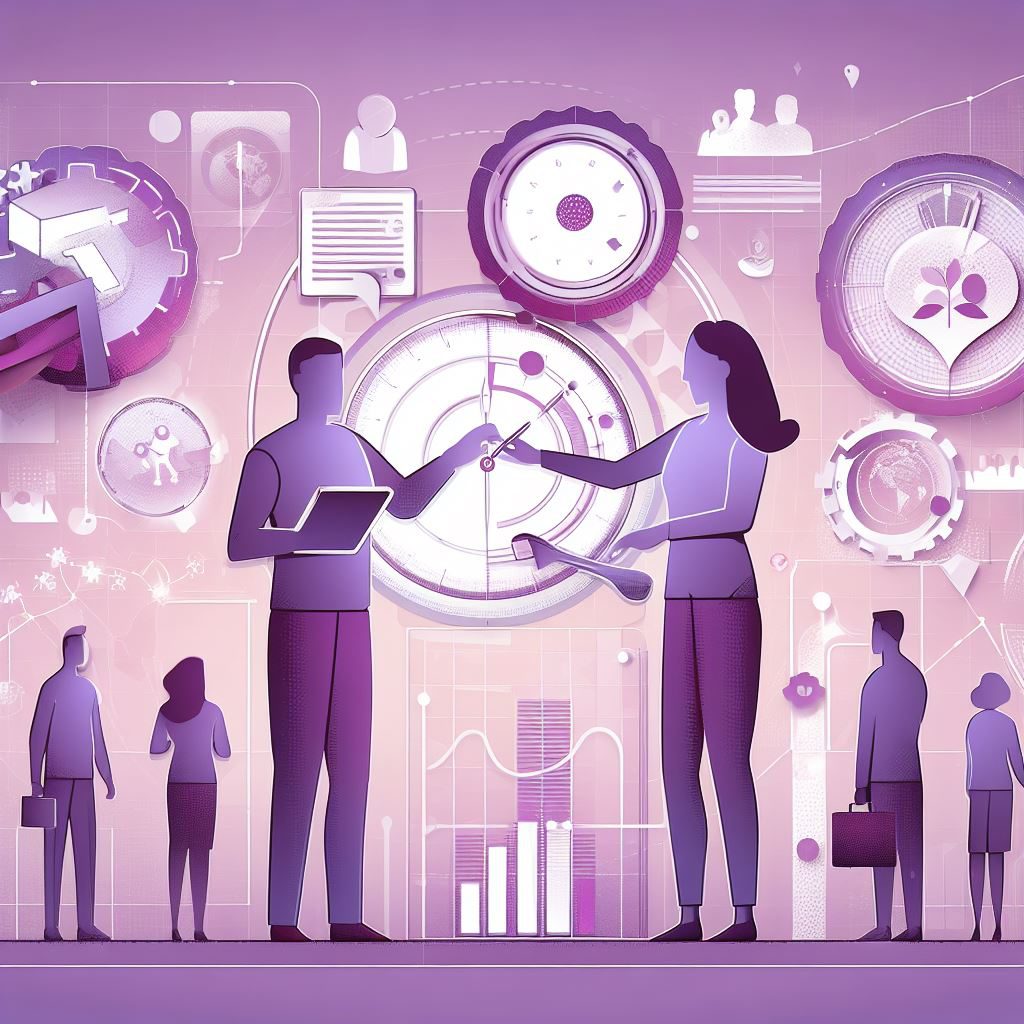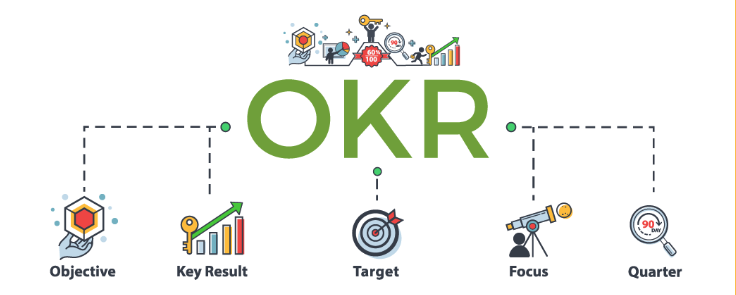Quantifying the Value: Measuring the Impact of Personalized Rewards and Recognition
In today’s dynamic corporate landscape, personalized rewards and recognition have emerged as powerful tools to motivate, engage, and retain employees. Unlike generic, one-size-fits-all rewards, personalized incentives resonate more deeply with employees, making them feel truly valued and appreciated. But how can businesses measure the real impact of these personalized initiatives? Let’s explore.
The Importance of Personalized Recognition
Before diving into the metrics, it’s essential to understand the significance of personalized rewards. Every employee is unique, with distinct aspirations, preferences, and motivations. Personalized rewards cater to these individual nuances, ensuring that the recognition given is both meaningful and impactful. A study by Gallup highlights the profound impact of effective recognition on employees. Properly executed recognition can lead employees to be five times more connected to the organizational culture and four times more engaged. Such engaged employees tend to be more productive and show greater enthusiasm and involvement in their workplace.
Key Metrics to Measure Impact
Employee Engagement Scores:
Engagement surveys can gauge how connected and committed employees feel towards their organization.
Comparing engagement scores before and after implementing personalized rewards can provide insights into their effectiveness.
Retention Rates:
One of the most telling indicators of successful recognition is employee retention.
If personalized rewards are resonating, you’ll likely see a decrease in turnover rates, as satisfied employees tend to stay longer.
Productivity Metrics:
Recognized employees often showcase higher productivity levels.
Monitor performance metrics, such as tasks completed, sales achieved, or projects delivered, to gauge any improvements post-recognition.

Feedback and Testimonials:
Encourage employees to provide feedback on the rewards and recognition they receive.
Direct testimonials can offer qualitative insights into how employees perceive and value the personalized rewards.
Participation in Recognition Programs:
If you have a peer-to-peer recognition program, monitor the participation rates.
High participation indicates that employees value the personalized nature of the rewards and are eager to recognize their peers.
Referral Rates:
Satisfied employees are more likely to refer to friends or former colleagues.
An uptick in referral rates can be a positive sign that employees value the organization and its recognition initiatives. According to research by Zippia, hiring through referrals can decrease company turnover by as much as 20%.
Enhancing the Measurement Process
Regular Surveys:
Periodic pulse surveys can provide ongoing insights into how employees feel about the recognition they receive.
This continuous feedback loop allows for timely adjustments to the rewards program.
Focus Groups:
Organize focus group sessions where employees can discuss their views on the recognition program.
These discussions can unearth deeper insights that might not surface in written surveys.
Benchmarking:
Compare your metrics with industry standards or similar organizations.
Benchmarking can provide context, helping you understand where your personalized rewards program stands in the broader landscape.
The Way Forward
While metrics and numbers provide a tangible measure of impact, it’s essential to remember the human element in rewards and recognition. Personalized rewards are, at their core, about making employees feel valued as unique individuals. The smiles, the moments of gratitude, and the strengthened bonds between team members are just as crucial indicators of success as any metric.
Moreover, the world of rewards and recognition is ever-evolving. As societal norms, workplace dynamics, and employee preferences change, so too should recognition programs. Regularly revisiting and refining your approach, backed by robust measurement methods, will ensure that your personalized rewards continue to inspire, motivate, and resonate.
Conclusion
Personalized rewards and recognition are more than just corporate initiatives; they’re reflections of an organization’s commitment to its most valuable asset – its people. By effectively measuring their impact, businesses can not only validate their efforts but also continue to enhance and evolve their recognition strategies, fostering a workplace where every employee feels genuinely valued and appreciated.









